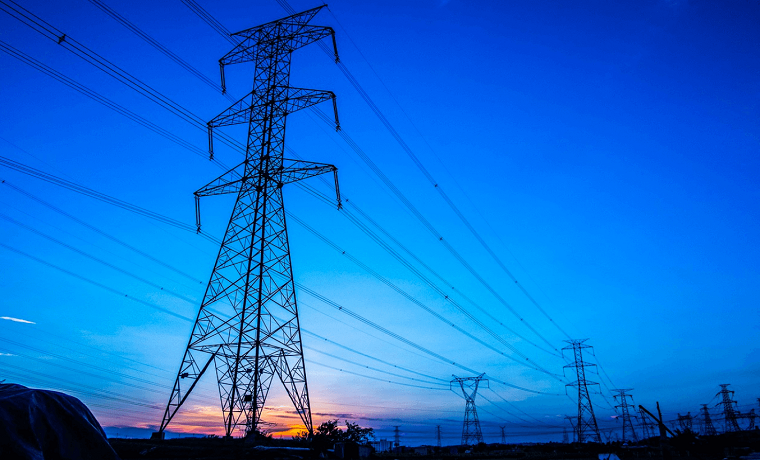Transmission lines broadly refer to the overhead electric lines and underground cables.
The main function of a transmission line is to transfer bulk power between generation sources and load centers.
So, what are the different components of transmission lines?
The different elements of a transmission line are the poles, lattice structures, conductors, cables, earthing systems, foundations, and insulators.
What are the various functions of a transmission line?
Transmission lines primarily function as mechanical support for the conductors. This is done by maintaining mechanical integrity while preventing permanent structural deformation under optimal levels of load conditions.
The idea is to preserve structural geometry to provide operational electrical clearances under standard serviceability and ultimate load conditions.
The varying components are designed to ensure safety for the people and the environment. Also, it is to provide an electrical path to earth for fault currents and cost-effective service.
Furthermore, transmission lines are bidirectional. This means that the flow of energy can go both ways. This feature allows balancing the power grid in a viable manner to different towers.
Now, that you understand transmission lines and their various functions. It’s time to discuss transmission switching.
What is transmission switching?
Transmission switching is an innovative electricity grid management system that takes advantage of the electricity networks.
Transmission lines are switched in and out of the electricity network to optimize the economic efficiency of generation dispatch on an electricity network.
It was fundamentally built as a controlling mechanism, where the voltage capacity and line overloading can be supervised effectively, systematically, most importantly profitably.
So, transmission line switching is considered to increase operational as well as the economic efficiency of nations.
What are the different types of transmission line switching?
Well, there are three different types of transmission switching done across the globe.
Short Transmission Line
These transmission lines are short in length. They can handle the voltage capacity of 69 kilovolts. These lines are mainly used when the wavelength of transmitted frequencies are less.
Medium Transmission Line
Medium transmission lines are usually less than 250 kilometers in length and can take 130-135 kilovolts in them. The wavelength frequency, inductance, and resistance are distributed equally.
Long Transmission Line
These lines have an effective length of 250 kilometers and are capable of equal distribution of its constants over its entire length.
They are considered the most effective in transmission lines as the line parameters are not lumped due to its length.
Now, let’s see what does Southern States has to offer to optimize transmission line switching.
Southern States offers creative transmission switching solutions that are cost-effective, minimizes installation time, and maximizes the life of the switch.
These solutions also ensure proper adjustment and closure of the switch as well as offer interrupting capability.
There is the ES- 1 One Way and Multi-Way switches. These transmission disconnect switch solutions are designed for ease of transport, installation, and operation.
Then, there are the unitized switches. Southern States can customize switch design to any customer’s mounting configuration requirements. Unitized switches offer minimized installation times, reduced phase spacing as well as easier field assembly and adjustment.
In conclusion, we hope that we have provided you with the necessary information to get a clear idea about transmission lines.

